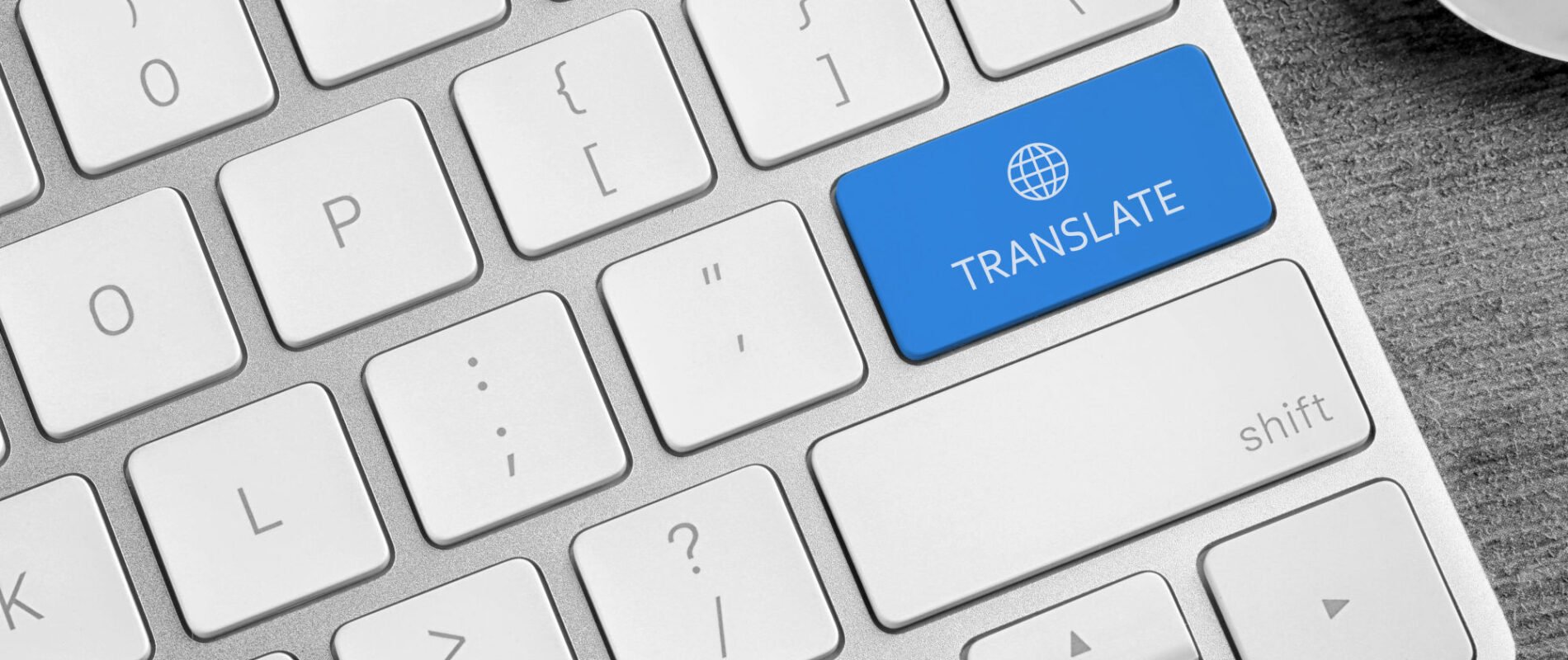Translating a patent from Portuguese into other languages is a specialized task that demands linguistic precision, technical expertise, and legal knowledge. Translation agencies follow a structured process to calculate quotes that reflect the true cost of delivering a high-quality patent translation. Whether you are an inventor, a startup, or an established corporation, understanding this process helps you manage expectations and budget effectively.
1. Initial Inquiry and Information Gathering
When you first contact a translation agency for a Portuguese patent translation quote, the agency typically requests several key pieces of information. These include the patent document itself (in PDF, DOCX, or editable format), the desired target language, the technical field (such as biotechnology, software, or mechanical engineering), and any formatting requirements.
By providing complete information upfront, you enable the agency to assess factors such as word count, document complexity, and formatting effort. Some agencies also ask about deadlines, as expedited projects often incur higher fees. Clear communication during this stage lays the foundation for an accurate and transparent quote.
2. Word Count and Complexity Assessment
One of the primary factors influencing a patent translation quote is the word count. Agencies usually calculate the base rate on the number of source words, since patents can be lengthy documents with dense technical terminology. However, word count alone does not fully capture the scope of work.
To evaluate complexity, agencies examine patent drawings, chemical formulas, tables, and claim language. Sections with specialized terms or densely packed legal clauses may require additional research time and consultation with subject-matter experts. Some agencies apply a complexity multiplier—an adjustment to the per-word rate—if the patent falls under a highly specialized technical domain.
3. Quoting Methodology: Per-Word, Per-Page, and Flat Rates
Translation agencies employ different pricing models based on market norms, client preferences, and project characteristics. The most common models include per-word, per-page, and flat-rate quotes.
• Per-Word Rate: Charges are calculated by multiplying the word count by a fixed rate (e.g., $0.15 per word for Portuguese to English). This model is transparent and industry-standard, but it requires an accurate word count and may not account for non-text elements.
• Per-Page Rate: Some agencies quote based on pages, typically assuming a standard word count per page. This approach can simplify quoting for clients who find word counts unfamiliar. However, page-based pricing may overlook variations in formatting or dense technical content.
• Flat Rate: For well-defined projects, especially where full document review and editing are included, agencies sometimes offer flat rates. A flat quote factors in average word counts, complexity, and anticipated proofreading and formatting hours. While attractive for budgeting, flat rates necessitate clear scope definitions to avoid scope creep.
4. Additional Services and Fees
Beyond the core translation, several additional services influence the final quote. Common add-on services include:
• Editing and Proofreading: Most agencies recommend a two-step process: translation by an experienced linguist followed by review from a second expert. These steps ensure that terminology is consistent and legal phrasing is precise.
• Formatting and Desktop Publishing: Patent applications often require specific layouts, including images, figures, and tables. Agencies charge extra for recreating or adjusting drawings and conforming to patent office guidelines (e.g., EPO or USPTO formats).
• Notarization and Certification: Some jurisdictions require certified translations accompanied by notarized statements. Agencies handle certification processes on top of translation fees.
• Project Management and Rush Fees: Coordinating multiple translators, reviewing workflows, and meeting tight deadlines incurs additional project management costs. Expedited delivery typically comes with a surcharge, reflecting the need to prioritize resources.
5. Competitive Analysis and Market Positioning
Agencies also consider competitive factors when setting quotes. A small agency or freelance translator might offer lower rates to gain market share, whereas a large agency with patent law expertise may command a premium. Before finalizing a quote, many agencies benchmark their rates against industry averages, taking into account certifications (such as ATA membership or EPO accreditation) and proven track records in patent translation.
6. Negotiation and Volume Discounts
Once the initial quote is shared, clients often negotiate to achieve better pricing. Common negotiation points include:
• Volume Discounts: Clients with multiple patents or ongoing translation needs can secure discounted per-word rates based on total monthly or annual volume. Agencies forecast workloads to adjust rates accordingly.
• Contract Duration: Long-term agreements—such as a retainer contract for all patent translations over a year—can reduce rates because the agency benefits from predictable work.
• Payment Terms: Adjusting payment schedules (e.g., net 60 instead of net 30) may also influence the rate slightly. Agencies sometimes offer lower rates in exchange for immediate or upfront payments.
Negotiations should always be grounded in realistic market benchmarks and the agency’s ability to deliver on quality and confidentiality requirements.
7. Drafting the Contract and Service Level Agreements
After agreeing on price, both parties formalize their relationship through a written contract. The contract outlines:
• Scope of Work: Detailed description of documents, target languages, and services (translation, editing, certification, etc.).
• Deliverables and Deadlines: Clear timelines for drafts, revisions, and final submission, including penalties or fees for missed deadlines.
• Confidentiality and IP Clauses: Non-disclosure agreements ensure that sensitive patent information remains protected.
• Revision Policies: Number of free revisions, additional revision fees, and turnaround times for edits in response to patent office feedback.
A comprehensive contract prevents misunderstandings and sets expectations, reducing the risk of scope creep and unexpected costs.
Understanding how translation agencies calculate Portuguese patent quotes empowers clients to make informed decisions and budget effectively. Looking for transparent, competitive pricing on Portuguese patent translations? At Artlangs Translation, we offer detailed, no-surprise quotes backed by experts in patent law. Contact us today to streamline your translation process without breaking the bank.











